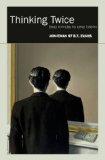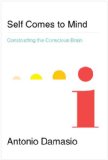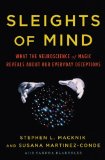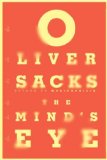recent book – ‘Portraits of the Mind: Visualizing the Brain from Antiquity to the 21st Century’
November 18, 2010
Found via Discover Magazine (“The Brain Is Ready for Its Close-Up”), where a gallery of images from the book is shown:
Portraits of the Mind: Visualizing the Brain from Antiquity to the 21st Century by Carl Schoonover (Abrams, 2010)
Product description from the publisher:
Portraits of the Mind follows the fascinating history of our exploration of the brain through images, from medieval sketches and 19th-century drawings by the founder of modern neuroscience to images produced using state-of-the-art techniques, allowing us to see the fantastic networks in the brain as never before. These black-and-white and vibrantly colored images, many resembling abstract art, are employed daily by scientists around the world, but most have never before been seen by the general public. Each chapter addresses a different set of techniques for studying the brain as revealed through the images, and each is introduced by a leading scientist in that field of study. Author Carl Schoonover’s captions provide detailed explanations of each image as well as the major insights gained by scientists over the course of the past 20 years. Accessible to a wide audience, this book reveals the elegant methods applied to study the mind, giving readers a peek at its innermost workings, helping us to understand them, and offering clues about what may lie ahead.
See also: Author’s website







